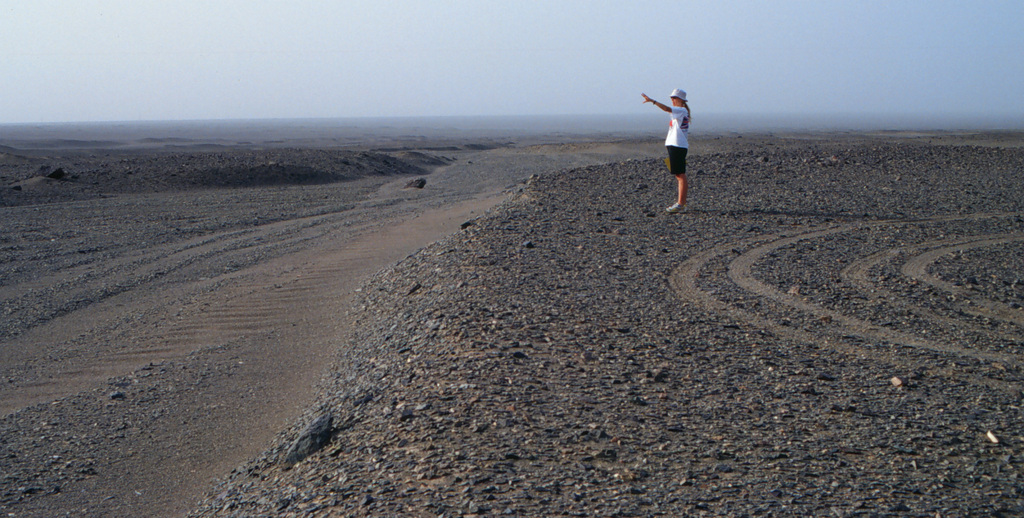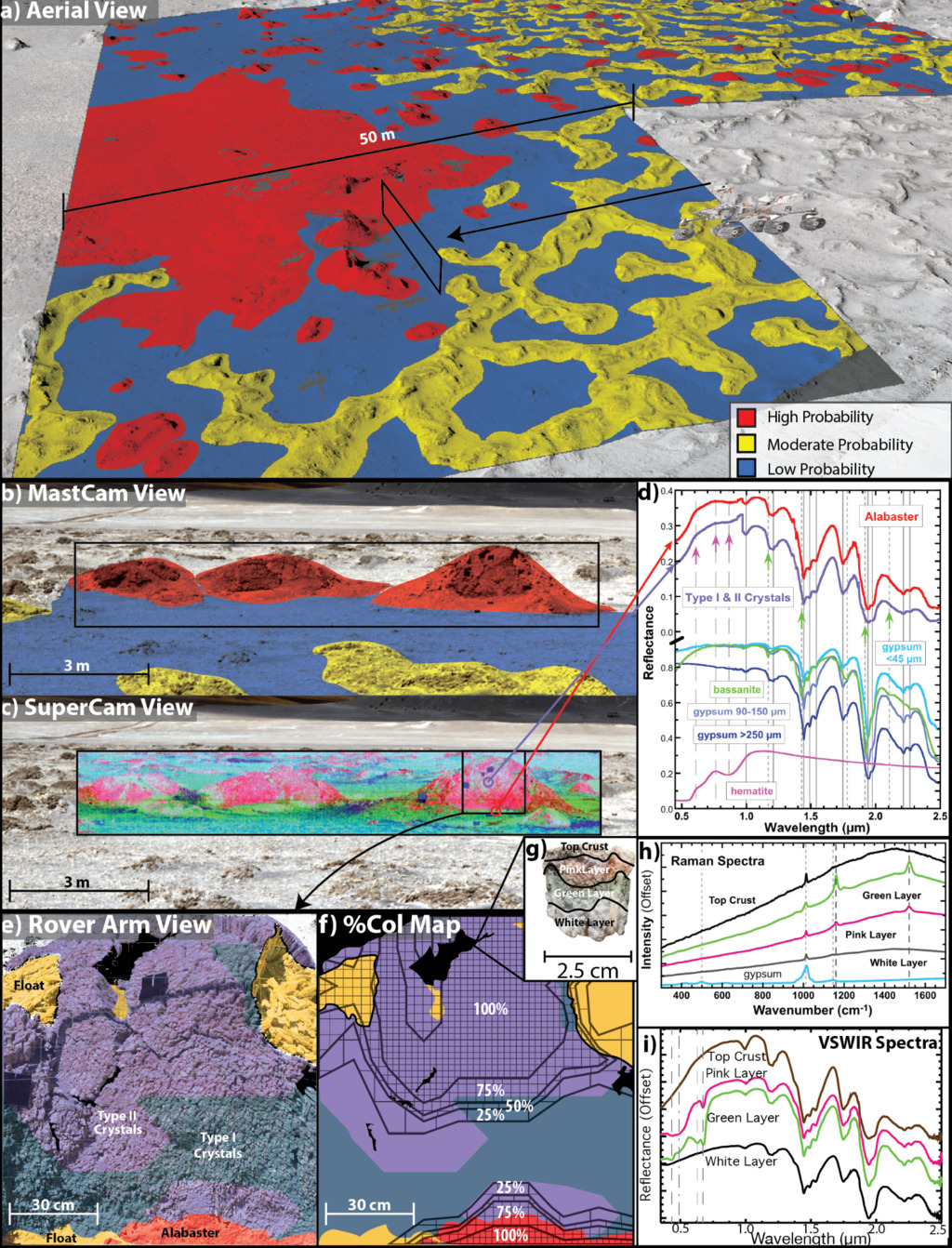 Kimberley Warren-Rhodes
Kimberley Warren-Rhodes
Astrobiology Chair, Research Scientist
Biography
Dr. Warren-Rhodes most recent work delves into the pioneering field of artificial intelligence/machine learning (AI/ML) and its application to astrobiology and planetary exploration. She is obsessed with (and seeking funding for!) cataloging Earth’s analog environments (salt flats, deserts, hot springs, dunes, permafrost) by satellite, UAV (drone) and ground-based cameras and sensors, and harnessing the quantitative and analytical powers of AI/ML to understand and distinguish between the patterns of life and its interactions and influence on its surroundings (Nature Astronomy, 2023 link). Ultimately, her goal is to model— and thus supercharge the capability to recognize with an algorithm robotically— the differences between the presence of life (a ‘biosignature’) versus just physical (‘abiotic’) processes and patterns. In other words, the infamous ‘tricorder’ on Star Trek! By doing so, she hopes to help mission scientists to automate and predict life in its habitable environments and more effectively and efficiently search for biosignatures on other desert planets like Mars, Jupiter’s moon Titan, and icy worlds such as Europa and Enceladus.
Solving the riddles of the driest and saltiest places for life on Earth is another obsession of Dr. Warren-Rhodes. Her expertise in robotics and helping rover design teams to test instruments/drills and exploration strategies in the harshest deserts on Earth is still being utilized in her current work. She is a Co-Investigator (lead on microclimate and water monitoring) on her NASA colleague’s ground-breaking TATTOINE project in Death Valley/Mojave Desert to develop and test a way to extract lipids in preparation for such tasks on Mars and Icy Worlds (link to Mary Beth’s PSTAR). This work builds on her ongoing decades of study in the Atacama Desert, where she has recently exploited the rare opportunity of 100-year flood in the Yungay Valley—the driest non-polar desert on Earth—to answer some long-standing puzzles about how the massive salt deposits and features continue to be formed and how the few microbes eeking it out in the Mars-like soil there survive and if and how their biosignatures are preserved over time. This work may offer new clues and insights into how we can best search for and find the needle in the haystack—life or its traces—on other worlds.
Topics
✓ Astrobiology
✓ Habitability
✓ AI/ML for Planetary Exploration
✓ Robotics, NanoClimate
✓ Ecosystem Science
Languages Spoken
✓ English
)


